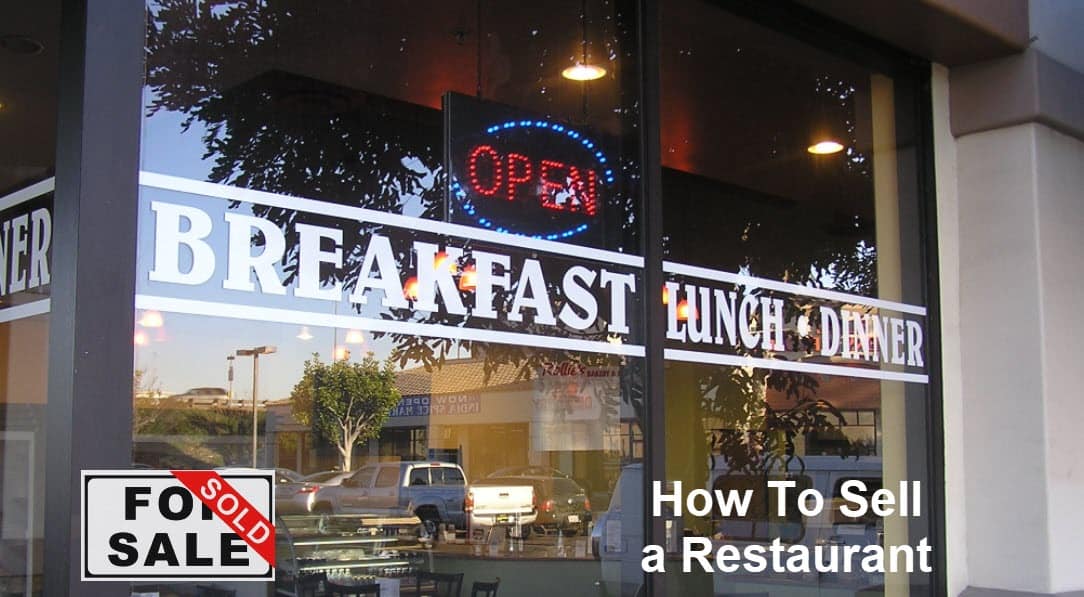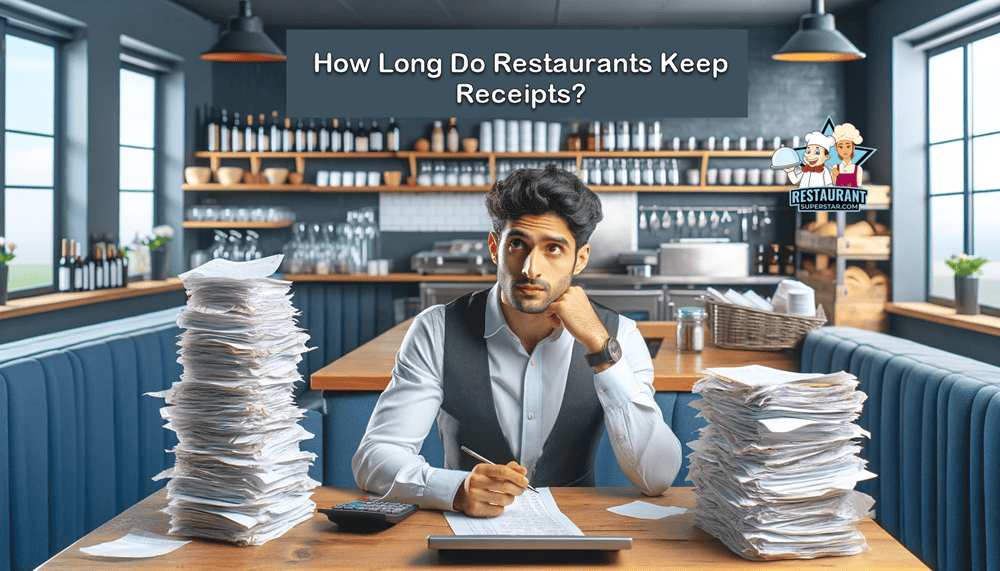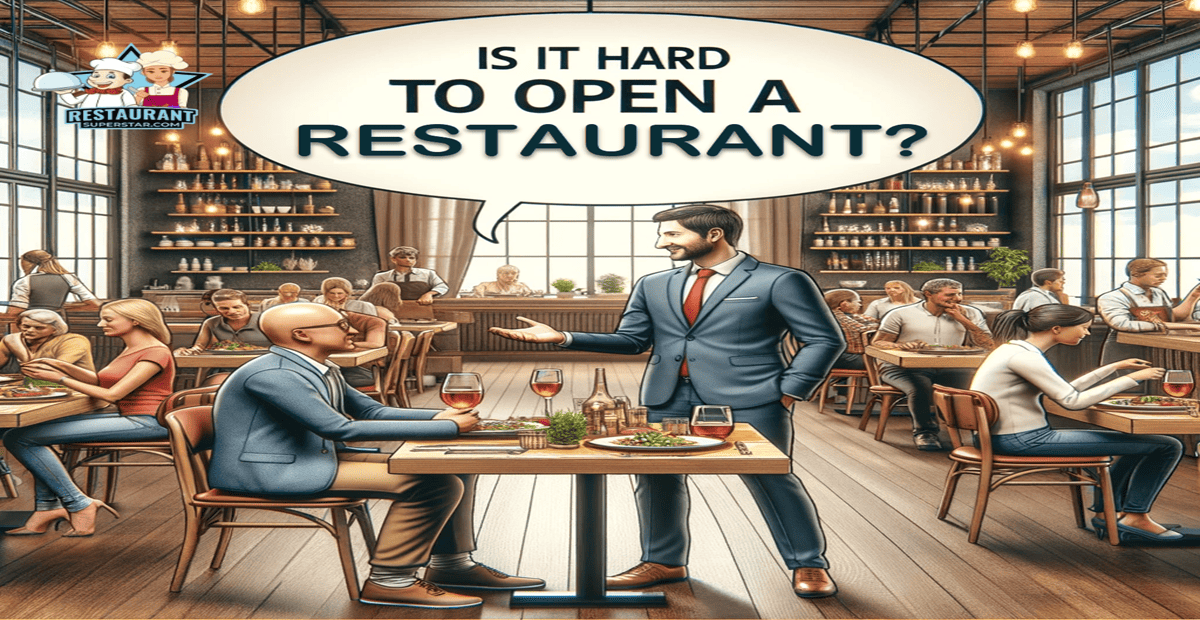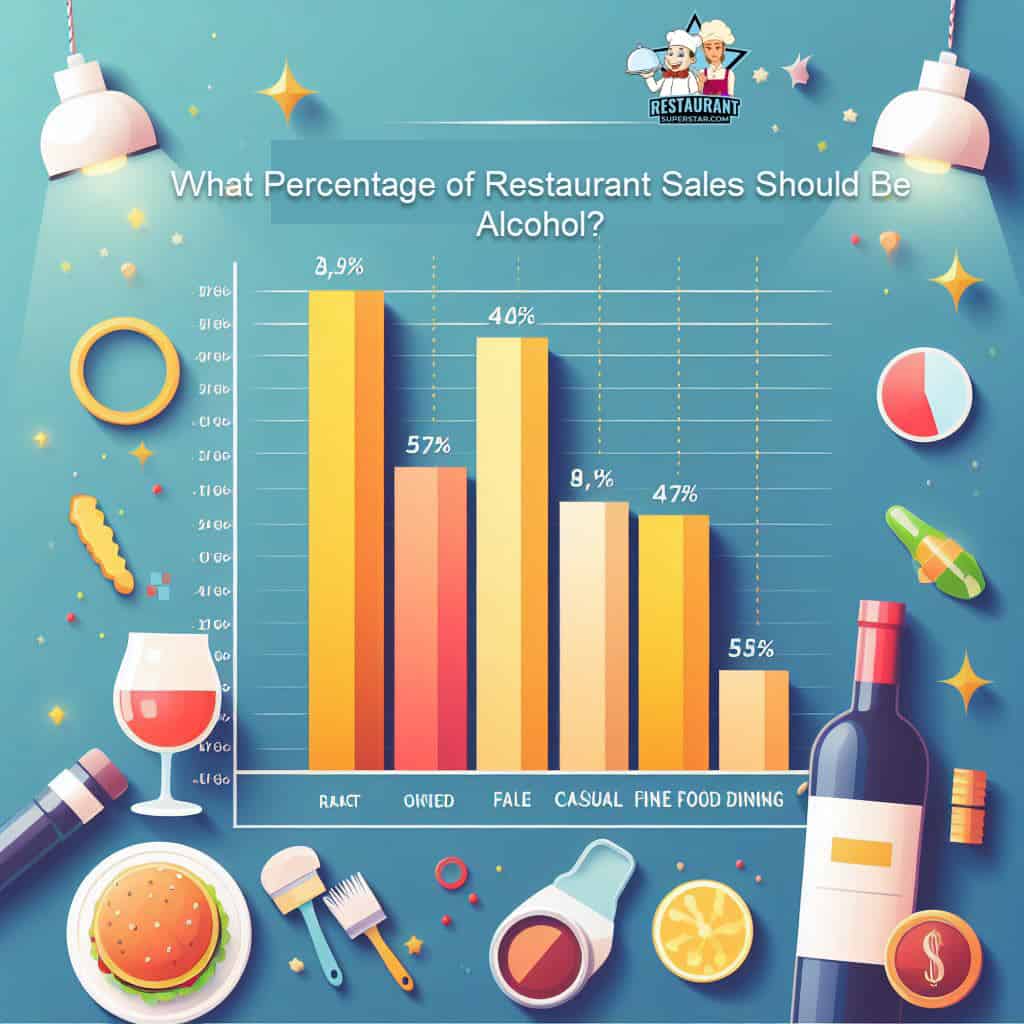How to Reduce Expenses In a Restaurant (30+ Hot Tips!)

Hey there, thanks for stopping by our website.
If you’re looking for information on How to Reduce Expenses in a Restaurant, you are in the right place. This article will answer that question and provide information on how to keep your cost of doing business to a minimum. If you find this article helpful, please send it to a few of your friends.
How to Reduce Expenses in a Restaurant?
How to Reduce Expenses in a Restaurant? Employ local food vendors. Become a member of a restaurant meal club. Take stock. Use less and waste less. Reduce churn. We can automate manual tasks. Some meals must be prepared. In this piece, we’ll explore these issues and more.
You’re not the only one who wants to lower operating expenses at your restaurant. Many restaurateurs have prioritized cost-cutting as they deal with the unique difficulties of operating a business during (and after) a pandemic.
Why, therefore, is cutting operational costs so crucial? Why not simply boost your prices to generate more revenue? We’ll cover that in this article.
1 – Reduce Restaurant Cost: Strategies for Saving Money in the Dining Industry
There are numerous ways to save restaurant costs that can result in thousands of dollars yearly savings. Some are easy to put into practice, while others need planning. Today, we provide a handful of cost-cutting ideas arranged for ease.
2 – Track Revenue
Daily inventories decrease the likelihood of employee theft and food waste. Utilize the inventory tracking features of your POS system to keep track of your inventory. Integrated inventory reporting helps you keep track of your inventory and spot discrepancies in manual inventory reports.
3 – Keeping Tabs on Expenses Is a Snap with the Right Software
Purchasing software may seem like a costly and even unneeded expense to many firms. However few restaurant owners and managers have the time and resources available to fully keep track of every dollar spent due to the realities of running a business.
Software incorporating payroll costs, recipe data, sales data, inventory management, and other operational costs can streamline the process. The ability to track where your money is being made and spent will help you save money over time, even though it may initially seem expensive. Additionally, it will free up your time to concentrate on increasing your business’s profitability.
4 – Consider More Alternatives To Save Money
When you manage a restaurant, there are several relatively easy ways to reduce expenses, such as by lowering the number of perishable goods you keep on hand. Over time, making more difficult choices can enable you to save money.
Employee retention is the best illustration of cost savings (as opposed to cost-cutting). Long-term staff retention helps you save on overhead costs like hiring and training. If you take the long view and view your team as an investment in your company, treating your people properly may not seem like a strategy to save money.
Reconcile Employee Scheduling
It’s simpler for many businesses to maintain personnel on a predetermined timetable. However, it is frequently a wasteful technique, especially given how business fluctuates during the week and daily. Establish a timetable based on when you are most active and least active. By doing this, you may avoid having personnel idle when your restaurant is closed, which can hurt your profits.
5 – For Plate Scraping, Put a Bus Tub to Use
The standard procedure for many restaurants for servers, bussers, and kitchen personnel is to scrape dishes straight into the trash.
Although this procedure is simple enough, it does present the possibility of losing silverware, which would require additional expense to replace. Purchase a bus tub instead and position it at the landing area for the dishes. By doing this, the dishwasher will have an easier time finding any objects in the tub before it is empty.
6 – Reduce Your Utility Use
Another effective method to reduce your restaurant expenses is consciously reducing your use of utilities such as water and electricity. By implementing energy-efficient practices and optimizing resource utilization, you can save money and contribute to a more sustainable environment.
Here are some things you can do:
6b – Get Light Bulbs That Use Less Electricity.
A quick and economical approach to reducing energy costs and practicing environmental responsibility is switching to energy-saving light bulbs. These light bulbs save you $22 a year and last years longer than standard lights.
6c – The Dishwasher Should Only Be Loaded to Capacity
Running a half-full dishwasher all day is equivalent to flushing money down the drain. To save money, wait until the dishwasher is filled before pressing “start.”
7 – To-Go Items: New Ways to Increase Profits
The laws governing when and how restaurants can serve customers continuously change in the US. Offering entertaining to-go things to your audience is one method to stay afloat and reduce expenses.
This can be as basic as offering DIY cocktail kits, pre-baked cookies and frosting, or uncooked pizza dough and toppings. These kinds of offers can be very popular as a thing to do and an easy dinner because people stay home more than ever before (with their kids!).
8 – Deliveries Should Not Be Accepted During Lunch
The lunch rush and preparation of the day’s meals keep most restaurants extremely busy between 11 a.m. and 1 or 2 p.m. It is customary for workers to sign off on the delivery when deliveries arrive during those periods without carefully reviewing the request.
As a result, you can receive faulty or ruined goods or even less than what you ordered and paid for. Establish a period when your company will not accept deliveries to address this issue and inform your suppliers of this policy.
9 – Reduce or Remove Freebies
Reduce the quantity by half if your servants always deliver bread or chips to the table. Both expenditures and food waste will be reduced. You can bring additional if the client requests it; water operates similarly. Inquire before handing out glasses of water to see if your visitors want to sip on a sales-boosting beverage instead.
10 – Your Employees Should Be Educated
Train your employees after they are familiar with your new cost-cutting measures for your restaurant. How do you want to separate recyclables? When should you switch on the lights? Keep the lights off until you are close to opening hours, for instance, if the doors don’t open until midday.
11 – Use the Service of a Food Provider
Between 20 and 40 percent of a restaurant’s operating expenses are food. Increased profit margins and large savings can result from lowering this significant operating expense. It’s time to start engaging with food suppliers if your restaurant buys supplies from grocery stores.
Restaurant owners can obtain wholesale prices and exclusive discounts from food suppliers. It makes sense for restaurateurs to work with national suppliers like US Foods in the US or Dot Foods in Canada.
12 – Join a Restaurant Purchasing Club
Generally speaking, a food provider can offer you a more significant discount the more you purchase from them. According to this theory, restaurant chains with huge supply needs profit most from a bulk discount. It can be challenging for independently owned-eateries to access such offers.
Thankfully, there is a way for independent eateries to obtain comparable savings. Independent restaurants that are part of restaurant buying groups, a sort of group purchasing organization (GPO), pool their orders to offer suppliers more volume and, as a result, obtain a greater discount than they could otherwise negotiate on their own
13 – Manual Procedures Should Be Automated
Restaurant labor costs typically account for 30% of total costs. Thus, roughly a third of a restaurant’s operating expenses are payroll-related. Automating manual procedures, which increases employee productivity and lowers payroll expenses, is the simplest way to cut labor expenditures. Your business may use technology to schedule employees for shorter shifts or less often when they can complete jobs more quickly.
14 – Make some of Your Meals with Fresh Ingredients
Even though some recipes may be less expensive to produce from scratch regarding food costs, you must also account for labor expenses, which may make the same foods too expensive to prepare on-site. You may occasionally save money by buying prepared foods and supplies that have already been partially processed.
The Balance advises making pre-made sauces, frozen French fries, baked products, and spaghetti to save the most money.
15 – Buy Ready-to-eat Food from the Supermarket
An ingredient for food will cost more the more processed it is. Your restaurant can cut operational expenses by preparing simple items from scratch rather than purchasing them pre-made.
For instance, you might keep purchasing the fancy cakes on your menu pre-made from a nearby bakery. Still, you could start producing basic cookies because they are easy to make and take little physical labor.
How to Reduce Restaurant Food Expenses
You can determine how much you spend on ingredients through the price you charge for each menu item by calculating the food cost percentage. Your ideal food cost should be between 15 and 30 percent, giving you a gross income between 70 and 85 percent per item.
By practicing food cost control, you may lower your expenditures and increase your gains. What is cost control for food? Said it involves figuring out how to lower the cost of meals at your restaurant.
1 – Go on a Food Hunt for Locally Sourced, Seasonal Ingredient
Utilizing traditional ingredients in restaurants has several benefits. To begin, the flavors and freshness of the items will be enhanced.
Secondly, the cheaper cost of their production means lower food costs for consumers. You’ll also be able to keep your customers returning since you can provide them with a wide range of options. You’ll also be supporting your local farmers in the process.
2 – Take Inventory of Your Menu’s High-priced, Low-profit Items
Even though they cost a lot to produce, certain menu items in most restaurants don’t sell well. These are draining you; there is no purpose in having them around if no one is into them. Say goodbye to them and bring in products you know (or assume) your clients would like to try.
3 – Implement the Fifo Technique
The “First In, First Out” (FIFO) method is simple yet very effective in lowering food costs. To keep food from rotting before it can be eaten, label every item with its expiry date. So that your staff may utilize it first, place the freshest stuff up front.
4 – Ingredients for Menu Dishes Should Be Pre-measured
One factor contributing to rising food prices is the abuse of food by restaurant workers. This might become a major problem if the components are pricey.
Your ingredients should be pre-portioned to avoid this, especially for more costly menu items. In addition, this will speed up delivery.
5 – Be Aware of the Amount of Food Your Customers Throw Away
Do you frequently discard the food that customers leave on their plates? If most customers can’t complete your portions, think about changing them. The difference won’t be apparent to them, and you’ll stop wasting food.
Don’t Throw out Expired Ingredients
If the components can still be utilized safely, throwing away perfectly fine but slightly stale ingredients makes no sense. Even if the bread isn’t sufficiently fresh to serve as is, you can still make croutons out of it. Reduce food waste and costs by using inventive cooking techniques using dated items.
6 – Reduce the Number of Options on Your Menu
Do not overcomplicate menu options or make it so that you can please everyone who uses it. Your clients will be less definite and satisfied the longer the menu is.
You do not need to serve burgers, spaghetti, BBQ, salads, and other foods if your specialty is pizza. You can avoid the paradox of choice by narrowing your options to just a handful of the things you excel at.
Inventory control and kitchen efficiency will both increase as a result. Additionally, it will deliver more nutritious meals to clients in less time.
7 – Check the Goods You Use the Most Often Daily
A continuous assessment is a must for every restaurant owner and manager. Focus on the 10 most commonly purchased goods for your food costs. Begin the day by keeping note of all quantities. After the restaurant shuts, tally up how much of each item you’ve ingested this time.
You may be over-proportioning, squandering food, or staff theft may be at blame if the number varies from what appears on your POS.
8 – Narrow down Your Supply Chain to a Select Few key players.
If you shop for all of your needs in one place, you may be able to save money on food. You can negotiate cheaper prices for major orders or special discounts if you build your connection with a supplier.
9 – Improve Your Supply Chain Management
Find the areas where you are losing money in your supply chain and strive to stick with one supplier to the greatest extent possible. Multiple delivery fees can be costly for your company. Give a provider who sells the majority of the ingredients you require a chance; you might be able to save some money.
How to Save Money on Restaurant Staffing
The labor cost percentage is determined by dividing your labor costs by the total amount of your sales over the same time, per the restaurant labor cost formula. One of the biggest expenses for every restaurant owner is labor, and here’s how to better control labor expenditures.
1 – Remain Closely Connected to the Number of Employees
Overstaffing is a problem that frequently affects restaurants and can result in significant financial loss. Learn what your busy times are so you may avoid having staff members idle. However, ensure enough employees to prevent the reverse effect during rush hour.
2 – Make Wise Choices When It Comes to Hiring
Learn how to hire the appropriate employees from the beginning to manage labor costs in your restaurant. You need workers who can blend in and know your restaurant’s culture.
Don’t be discouraged from hiring someone because they lack experience. Taking a chance on them can be worthwhile as long as they appear qualified for the position and eager to learn. Hire folks thrilled to work with you and want the job long-term if you want to reduce labor expenditures.
3 – Strategy for Reducing Operational Costs Elsewhere
Introducing business process management software that automates manual operations is the most efficient method to save operational expenses without degrading service performance.
Various tasks, including accounting, marketing, payroll, and human resources, can be partially automated with software and services. As a result, this saves money by freeing up staff time for other duties.
4 – Improve the Efficiency of the Use of Energy
Simple actions that don’t take long and don’t need extra labor may be taken to utilize less energy. For instance, soak dishes before washing them and only run the dishwasher when it is full.
When the weather is nice, open the windows and switch off the air conditioning to save energy. Consider investing in energy-saving appliances and replacing your light bulbs with energy-efficient models. Things of this kind may have an effect.
5 – Don’t Miss out on Free Publicity.
Budgeting doesn’t have to be a problem while promoting your restaurant. You may employ many free or very free marketing strategies for restaurants. For instance, our site has a vast collection of articles that may show you how to promote your restaurant on a budget.
6 – Buy Used Machinery and Appliances if you can afford it.
You may save money at restaurants by purchasing used things. Not every appliance needs to be brand new. You may save money and protect the environment by looking for exceptional offers.
You can come across some from shuttered restaurants and other food service establishments wanting to sell their scarcely used appliances. Additionally, you can purchase used furniture like seats and tables.
7 – Lock Away Pricey Booze in a Safe
You must be aware of the realities of employee theft. Most frequently, costly liquor is taken. To avoid this, it’s best to store it securely. You can keep the key or give it to the manager.
8 – Take It Easy on Free Promo
Sure, freebies at restaurants are fantastic. However, some are merely wasteful and pointless. For instance, bulk dispensers are preferred to individually wrapped salt and pepper packets and wrapped straws.
If the customer hasn’t asked for extra salt or pepper packets, don’t just throw them in with the delivery. Restaurant customers should be urged to practice environmental responsibility using only one napkin. You will profit from this as well.
FAQS
In What Ways May a Restaurant Reduce Its Expenses?
Educate your workers on how to separate recyclables, turn off the lights, and notify them if the wait station’s faucet is dripping. Also, ensure the thermostat is lowered and maintained at a low setting. Most people—including your clients—find 68 degrees perfectly comfortable. If you go above that, you’ll have to spend extra to keep your restaurant warm.
How Can a Restaurant Save Costs in Six Different Ways?
- Make remote employment commonplace.
- Reduce your insurance costs.
- Think about a four-day workweek.
- Make use of technology to work smarter.
- When necessary, outsource
- Recognize inefficiencies.
What are the highest expenses in a restaurant?
Among a restaurant’s many costs, which is the highest
The highest costs for every restaurant are food and labor.
Far and out, the second most significant expenses are payroll and inventories. They add up to what is known as the “Prime Cost,” which is easily 60 percent or more of your expenses.
After payroll and inventory, many different factors affect it. You are generally in a remote area if your space is less expensive. You will need to invest more in advertising.
Your rent is your second largest expense if you live in a busy area (and you can spend less on advertising).
Additionally, the percentage of labor in your restaurant’s overall revenue should be around 30%. There will inevitably be some weeks where sales decline while costs remain the same or slightly increase, raising those percentages.
However, on average, if your food and labor expenditures stay under 30% of your sales, your restaurant should continue to turn a profit. Detecting a trend in average weekly sales could take a few weeks or months. So, in those early days, keep track of your spending.
Is It Possible for Restaurants to Cut down on Labor Costs?
Yes, restaurants can cut down on labor costs. However, Employees who have received proper training will perform tasks more quickly, remain with you longer, and offer customers a more reliable level of service.
A reasonable range for labor costs is 20 to 35 percent of gross sales. Cutting labor costs requires striking a balance. Finding strategies to cut labor costs without compromising employee satisfaction or productivity is essential.
Important advice: Invest in your staff. Honor your staff. Employees should be cross-trained to pick up new skills, cover absentees, and prepare for new tasks.
Conclusion
Here are the cost-cutting tactics for restaurants that will increase revenue without compromising the dining experience. You can employ all these methods at your restaurant if you’re well-organized, inventive, and careful.
Your restaurant’s bottom line may suffer greatly from food waste. However, you may save food prices in your restaurant by haggling with suppliers, shopping locally, employing restaurant portion control techniques, offering sensible portions, and using your ingredients inventively. Thanks for reading. If you have any other suggestions for reducing expenses in the restaurant industry, please let us know!
Jeff Smith is a Restaurant Consultant with over 20 years of hospitality experience, ranging from server to owner and general manager. He focuses on Restaurant POS technology as well as restaurant marketing. Check out our world-famous restaurant resources page for a comprehensive offering of hand-picked resources and tools to help your business. You can also check out some of our other restaurant business articles.





